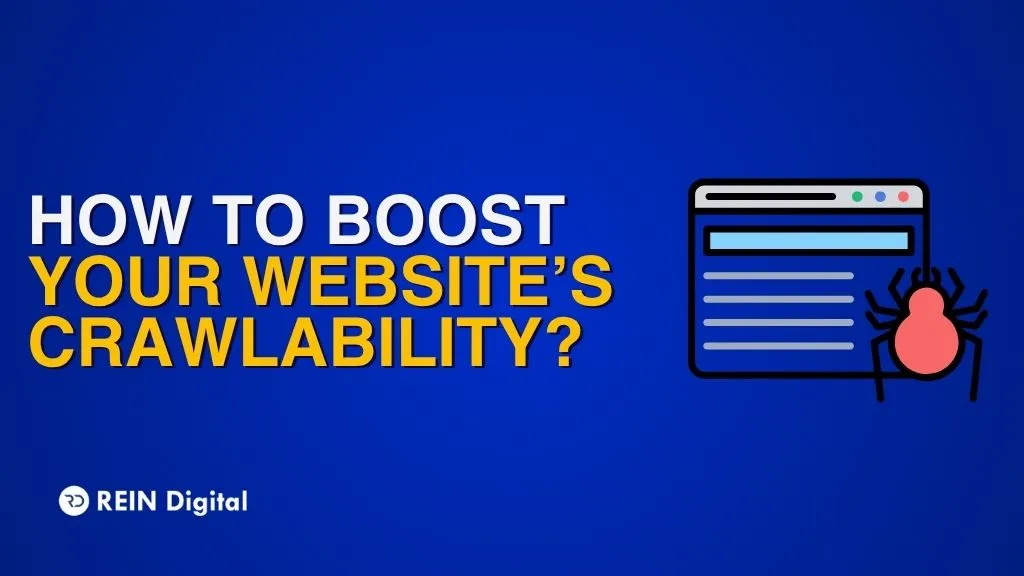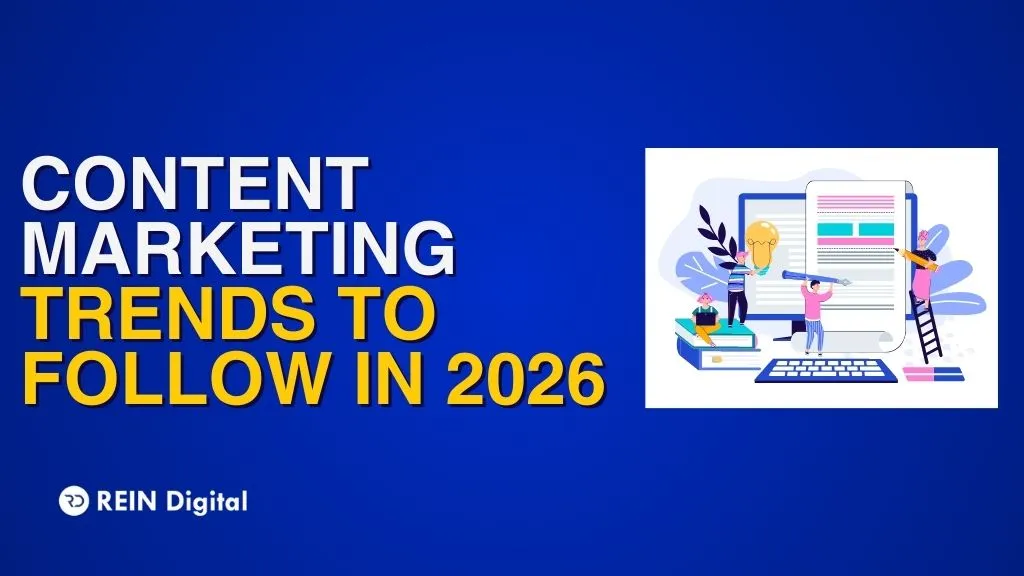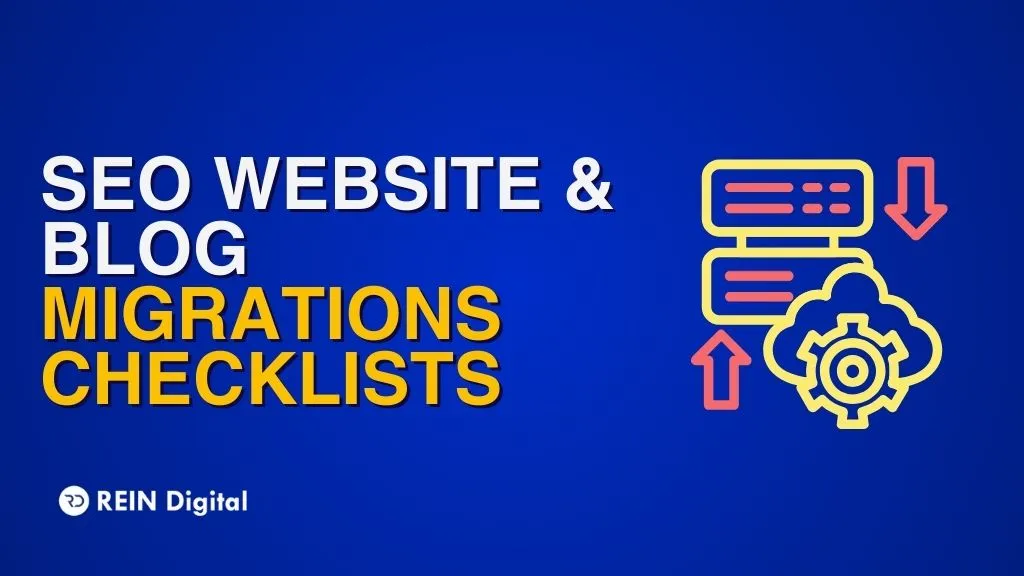
Have you ever asked yourself the reason why some of your web pages never appear on Google, yet they are live, and they contain a wealth of information? It is a crawlability problem. Crawlability is the extent to which the search crawlers (such as the Googlebots) have an easy time indexing and crawling the content on your site.
When bots are not successfully crawling your site, your pages may be meaningless as they are not seen. And no, that does not suit SEO. Let us explore what crawlability is, why it is important, and how you can maximise it by tremendous margins.
What is Crawlability?
Crawlability is defined as the speed at which a search engine can traverse through the contents of your website. The crawlers (also known as spiders or bots) help search engines navigate the links, pages to index and comprehend the organisation of your sites. When they are blocked by something, such as broken links, ineffective internal navigation, and wrong robot.txt files, your visibility will be hurt.
- Create a Clean and Clear Website Structure
Ex: visualise your website as a library. When books are piled in an unorderly corner, a person cannot find what he or she wants. The same is with the content of your site.
Tips:
- Organise your site in a logical hierarchy: Homepage → Categories → Subcategories → Articles/Products.
- Keep your website navigation consistent and intuitive.
- Use breadcrumbs to help bots (and users) understand the site structure.
A well-structured site helps crawlers index more pages faster, and improves the user experience too.
- Optimise Your Internal Linking Strategy
Internal links are just like forgotten gateways that lead a crawler through the rooms (pages) one by one.
Best Practices:
- Use descriptive anchor text: Don’t use “click here”, use keywords relevant to the page.
- Link from high-authority pages to new or lower-ranking ones.
- Ensure every important page is reachable within 3 clicks from the homepage.
Pro tip: A strong internal linking system not only boosts crawlability but also distributes page authority evenly.
- Submit and Maintain an Updated XML Sitemap
An XML sitemap is a GPS to search engine bots, as it will help them understand where to go and what is more important.
What to Do:
- Generate a sitemap using tools like Yoast SEO, Screaming Frog, or Google Search Console.
- Include only canonical, indexable pages.
- Submit it to Google via Google Search Console and update it regularly.
Sitemaps don’t guarantee indexing, but they give your site a fighting chance to get noticed quickly.
- Use Robots.txt Wisely (Not Blindly)
The robots.txt file gives instructions to bots about what they can and can’t access.
Common Mistake:
Preventing Google from blocking whole directories such as /images/ or /blog/ directories. Cross-check what is not allowed always.
Tip:
Test your file using the Robots Testing Tool of Google. It is always advisable to ask your SEO team or developer about this when updating this file.
- Fix Broken Links and Redirect Chains
Dead ends and Broken links are equivalent to dead ends both to users and crawlers. And too many of them? Google can just cease crawling.
Tools to Use:
- Ahrefs, Screaming Frog, or SEMrush to identify broken links.
- Fix or redirect 404 errors with 301 redirects.
- Avoid long redirect chains; they waste crawl budget.
The goal is to give bots a smooth ride, not a frustrating maze.
- Ensure Mobile-Friendliness and Fast Loading Speeds
Google crawls mob-first. You will fail in your crawlability and also in your rankings when your site fails in its performance on mobile.
To-Do List:
- Use Google’s Mobile-Friendly Test.
- Compress images, leverage browser caching, and use lazy loading to boost speed.
- Avoid intrusive pop-ups that block content.
Site speed and mobile usability aren't just user-friendly, they’re bot-friendly, too.
- Eliminate Duplicate Content and Use Canonical Tags
Duplicate content confuses crawlers and dilutes your ranking potential.
What Helps:
- Use canonical tags (<link rel="canonical"...>) to point bots to the preferred version of a page.
- Consolidate similar pages instead of duplicating content across URLs.
- Avoid creating multiple URLs with dynamic parameters unless necessary.
- Use Schema Markup for Better Crawling Context
Although schema markup does not improve crawlability, the markup can assist the search engines in comprehensively grasping your content and make your site more visible and indexed.
To improve the way your page is displayed in search, add structured data (such as product information, reviews or FAQs) using JSON-LD.
- Monitor Crawl Stats in Google Search Console
Don’t just set it and forget it.
- Use Google Search Console to monitor:
- Crawl frequency
- Crawl errors
- Index coverage
- Page experience
- Crawl frequency
You’ll also get alerts for issues that need fixing, handy for staying one step ahead.
- Boost Crawl Budget for Large Sites
If your site has thousands of pages, the crawl budget (how many pages Google crawls per day) becomes crucial.
How to Maximise It:
- Block unnecessary pages (like admin, filters, search results) via robots.txt.
- Regularly remove low-quality or outdated pages.
- Prioritise crawling of fresh, valuable content through internal linking.
Rein Digital: Crawlability Meets Creativity
Although schema markup does not improve crawlability, the markup can assist the search engines in comprehensively grasping your content and make your site more visible and indexed.
To improve the way your page is displayed in search, add structured data (such as product information, reviews or FAQs) using JSON-LD.
Final Thoughts
The method of enhancing the crawlable ability of your site entails sweeping the door wider open in the context of the search engines. It not only assists bots it also assists you in reaching more people, in ranking higher and advancing online.
With the help of these crawlability strategies, including internal links, robots.txt and schema mark-up, you get the exposure that your site requires. And yeah, when it seems to be too much, that is where professionals, like Rein Digital, come in to simplify it and make it more productive.
SCHEDULE A CALLLet's do great things together!
We just need a couple of hours.
No more than 24 hours after receiving your ticket!














